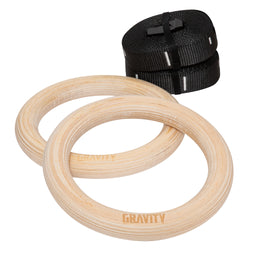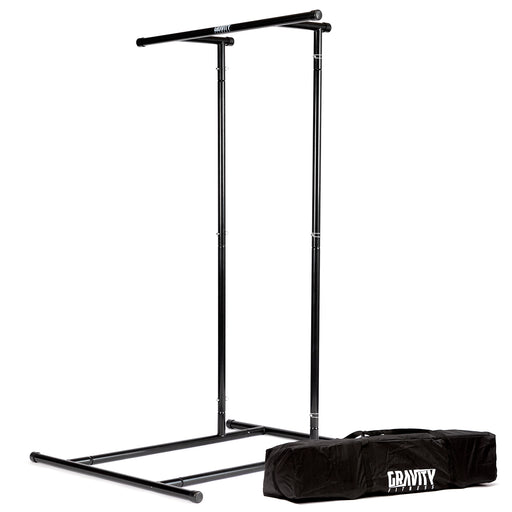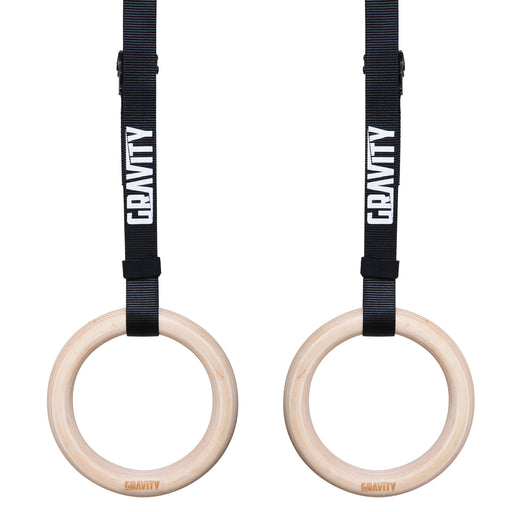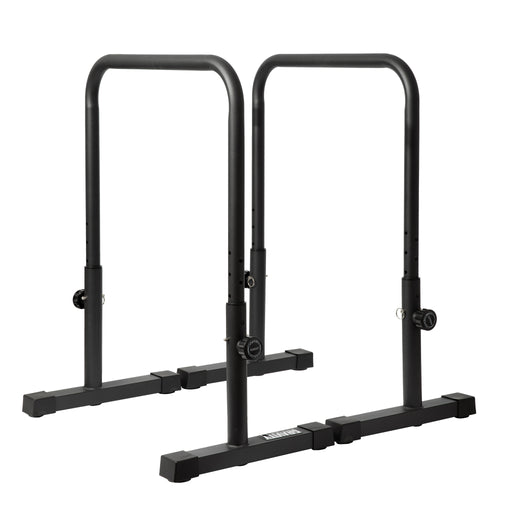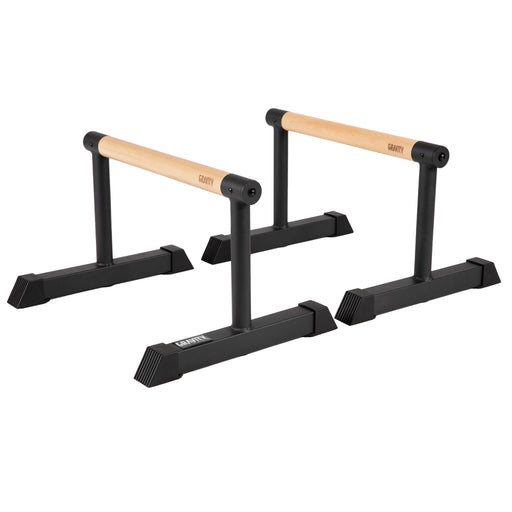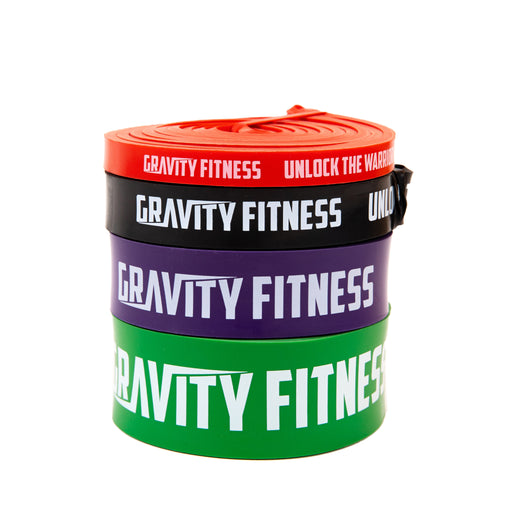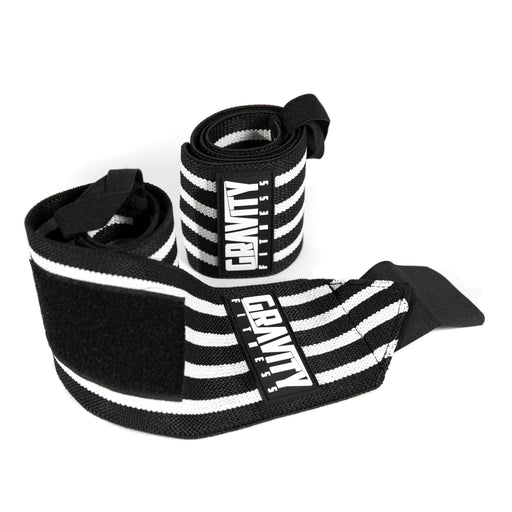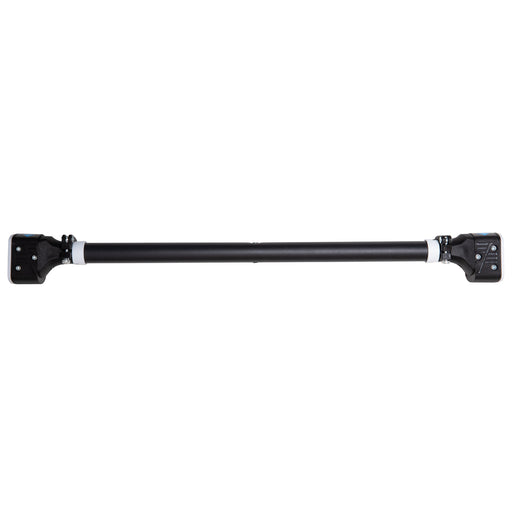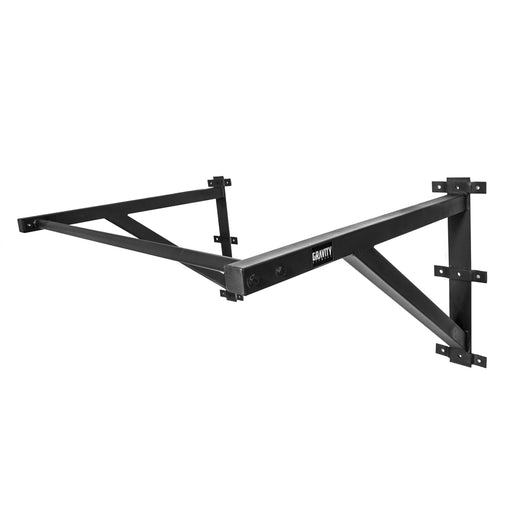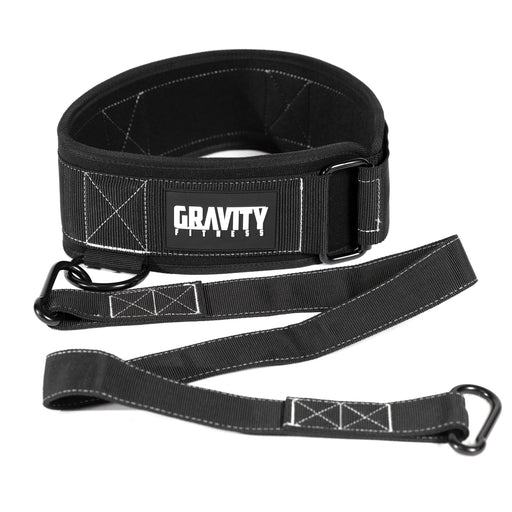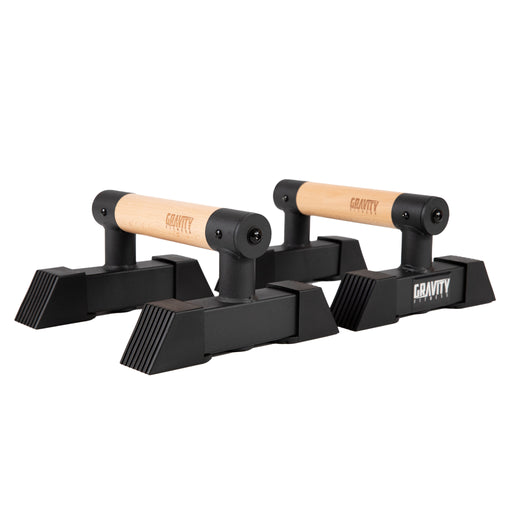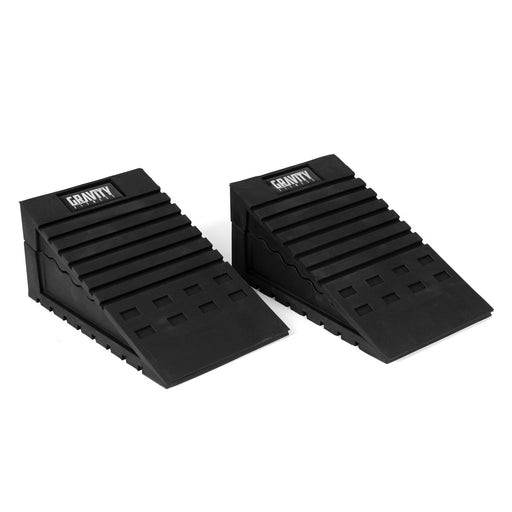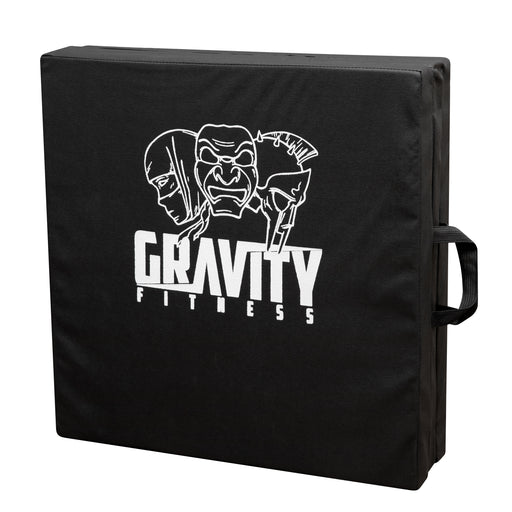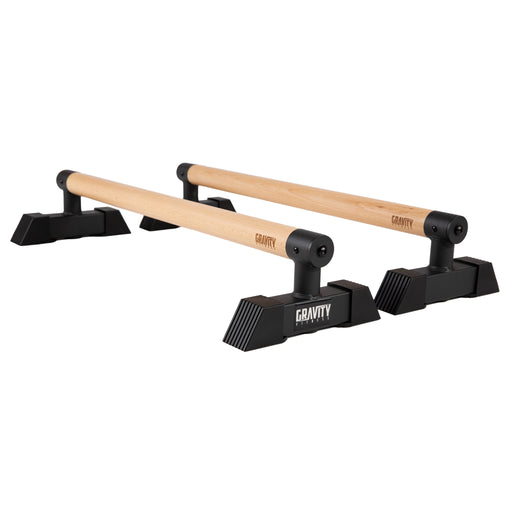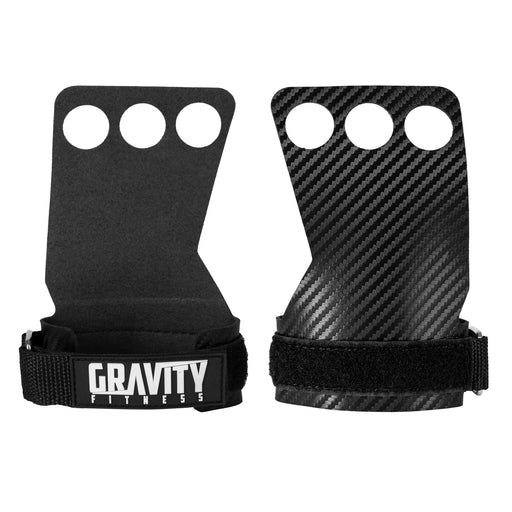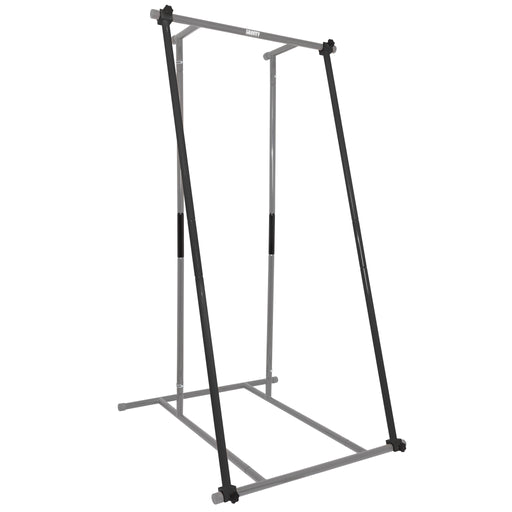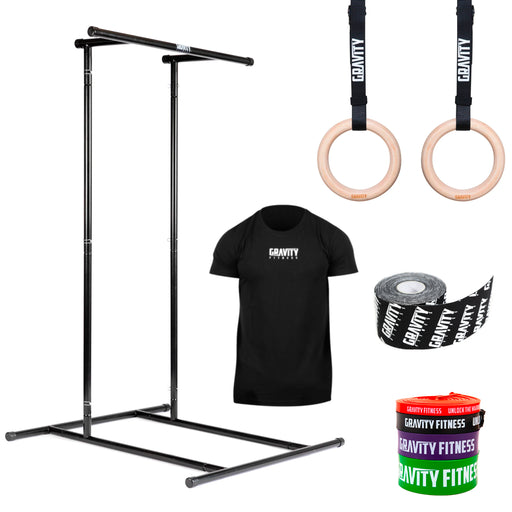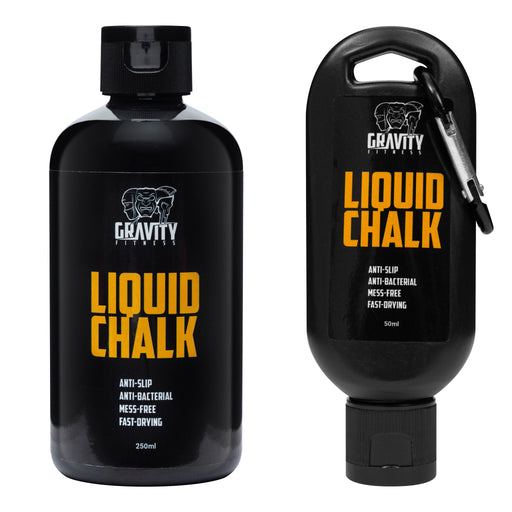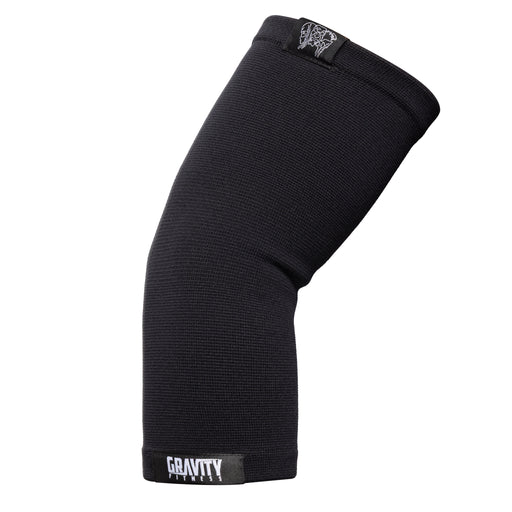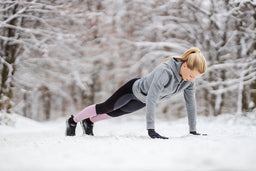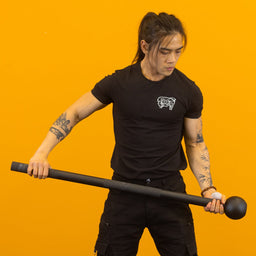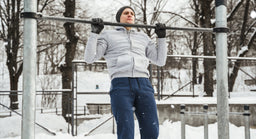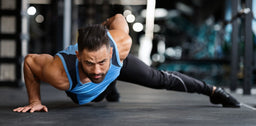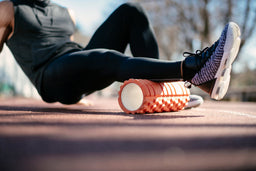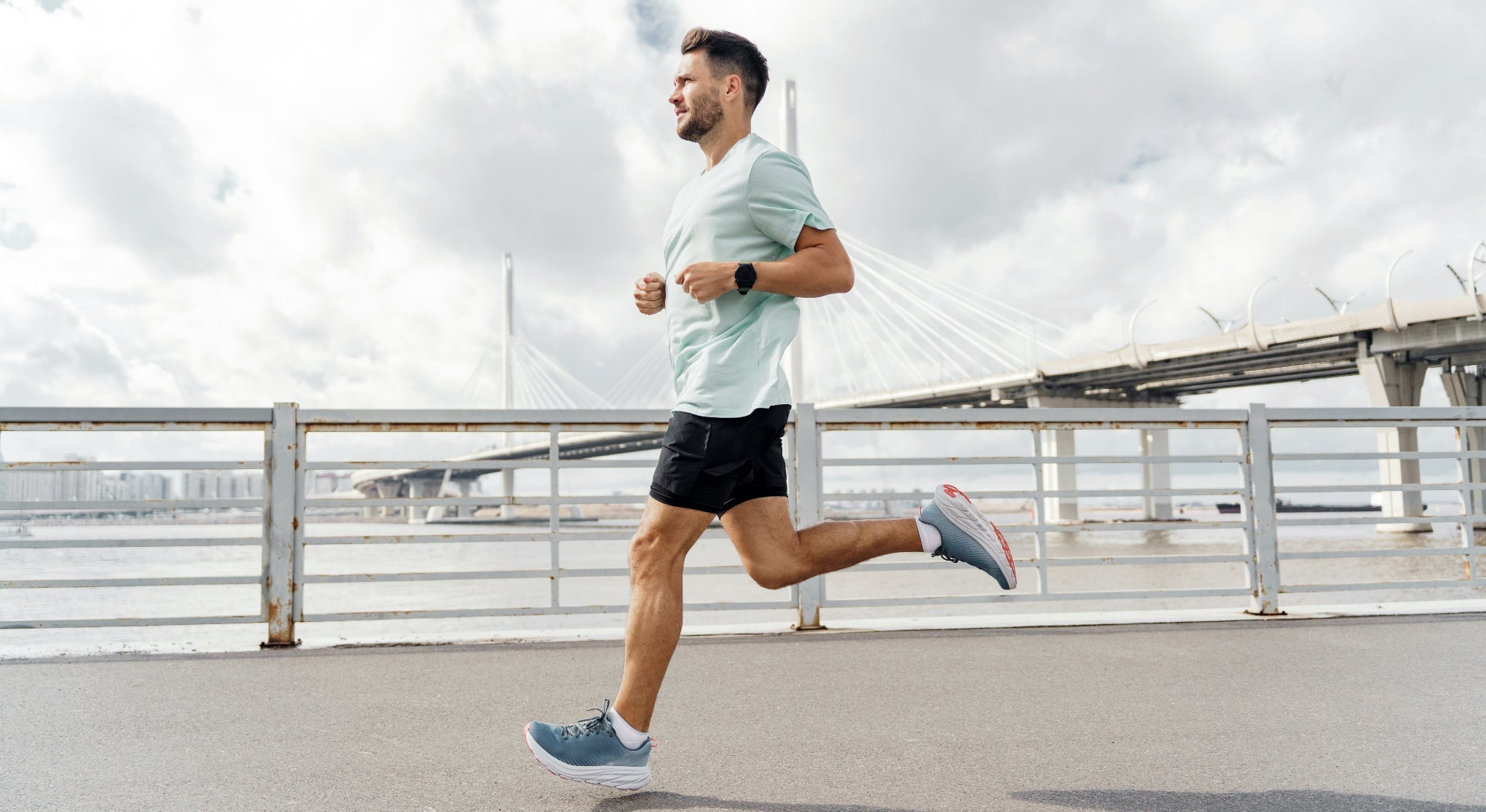
How to Incorporate Calisthenics into Your Running Training Plan
Running is one of the most effective ways to build cardiovascular fitness, burn calories, and improve mental resilience. However, relying solely on running can make your body susceptible to muscle imbalances, joint stress, and injury. That’s where calisthenics comes in. Calisthenics builds functional strength and enhances mobility, stability, and overall body awareness—qualities every runner can benefit from.
In this article, we’ll dive into how calisthenics complements your running training and how to integrate it seamlessly into your routine to boost performance and prevent injury.
Why Calisthenics is Perfect for Runners
Calisthenics focuses on movements that engage multiple muscle groups, mimicking real-world movement patterns. For runners, this means addressing key areas like core stability, hip mobility, and lower-body strength. Here’s why it works so well:
-
Improved Strength: Stronger muscles mean more power with every stride. Exercises like squats, lunges, and push-ups develop the muscular endurance needed for long runs.
-
Injury Prevention: Running puts repetitive strain on the knees, hips, and ankles. Calisthenics strengthens stabilizing muscles, reducing the risk of overuse injuries.
-
Better Mobility: Tight hips and hamstrings are common among runners. Dynamic calisthenics movements improve flexibility and range of motion, allowing for a more efficient running stride.
-
Core Activation: A strong core stabilizes your pelvis and prevents energy leaks, making each step more efficient.
How to Structure Calisthenics Around Running
Balancing calisthenics and running doesn’t have to be complicated. The key is to complement your running sessions without overloading your muscles. Here’s a simple breakdown:
1. Warm-Up with Dynamic Movements
Use calisthenics as a warm-up to prepare your body for running. Dynamic stretches and bodyweight exercises will activate your muscles and improve mobility. Try this quick sequence:
-
Leg Swings (10 per leg): Loosen up your hip flexors and hamstrings.
-
Walking Lunges (10 steps per leg): Engage your quads, glutes, and core.
-
Arm Circles (10 forward, 10 backward): Open up your shoulders for better posture.
-
High Knees (30 seconds): Increase your heart rate and activate your hip flexors.
2. Post-Run Recovery Work
After a run, your body is warmed up and primed for strength work. Incorporate a quick calisthenics routine focusing on core and lower-body stability. Here’s an example:
-
Plank (3 sets of 30 seconds): Strengthen your core to support better running posture.
-
Bodyweight Squats (3 sets of 15 reps): Build strength in your quads, hamstrings, and glutes.
-
Glute Bridges (3 sets of 12 reps): Activate your posterior chain and counteract tight hips.
-
Push-Ups (3 sets of 10-15 reps): Improve upper-body strength and posture.
3. Dedicated Strength Days
Set aside one or two non-running days for focused calisthenics sessions. These workouts should target all major muscle groups while emphasizing functional movements. Here’s a sample routine:
-
Pull-Ups or Rows (3 sets of 8-10 reps): Strengthen your upper back and arms.
-
Lunges (3 sets of 10 reps per leg): Improve single-leg strength and stability.
-
Side Planks (3 sets of 20-30 seconds per side): Build lateral core strength for better balance.
-
Pistol Squats (2-3 sets of 5 reps per leg): Develop single-leg power and control.
-
Mountain Climbers (3 sets of 30 seconds): Combine core engagement with cardio.
4. Active Recovery and Mobility
On rest or recovery days, focus on mobility and flexibility with light calisthenics. This can include:
-
Cat-Cow Stretches (10 reps): Improve spinal mobility.
-
Hip Circles (10 reps per leg): Loosen tight hip joints.
-
World’s Greatest Stretch (5 reps per side): Target multiple muscle groups in one move.
-
Child’s Pose with Side Stretch (hold for 20 seconds per side): Lengthen your lower back and lats.
Tips for Success
To get the most out of your calisthenics and running combo, keep these tips in mind:
-
Prioritise Recovery: Avoid scheduling an intense calisthenics session right before a long or hard run. Give your muscles time to recover.
-
Start Small: If you’re new to calisthenics, begin with basic exercises and gradually increase intensity as you build strength.
-
Listen to Your Body: Pay attention to how your body feels. If you’re overly fatigued, swap a strength session for mobility work.
-
Consistency is Key: Incorporate calisthenics into your routine at least 2-3 times per week for noticeable results.
-
Stay Balanced: Target all muscle groups to avoid imbalances. For example, don’t skip upper-body exercises even if running emphasizes the lower body.
Final Thoughts
Incorporating calisthenics into your running training plan is a game-changer. Not only will you build strength and resilience, but you’ll also improve your running efficiency and reduce the risk of injury. Whether you’re training for a marathon or simply enjoying recreational runs, calisthenics can help you perform at your best while keeping your body balanced and healthy.
Give it a try and see how adding bodyweight training can transform your running game. Your legs will thank you, and so will the rest of your body!
All sounds easy? consider adding a weighted vest to your calisthenics sessions to increase resistance and build even greater strength and endurance.
Check out the full Gravity Fitness Weighted Vest range here.
